If I run a B2B service firm, my pipeline is only as healthy as the data, permissions, and processes behind it. Ethics is not a nice-to-have. Ethics and compliance in lead search keep my emails landing, my domains clean, and my brand out of headlines. The upside is not abstract. Cleaner lists cut bounces, transparent messaging lifts reply rates, and sound processes protect revenue while trimming CAC. I keep it practical and measurable.
Ethics and compliance in lead search
Ethics and compliance in lead search protect three things I care about most: pipeline quality, deliverability, and brand risk. When my outreach respects privacy and law, spam complaints fall, inbox placement improves, and meetings booked rise. That shows up in lower acquisition costs and a stronger LTV to CAC ratio. Ignore it, and I risk fines, blocklists, and a shrinking pool of prospects who will ever take my calls again.
What I set up in week one
- I audit data sources. I list where every contact came from, the date collected, and the capture method.
- I document a lawful basis for each region I target. I map consent or legitimate interest to GDPR and PECR, and opt-out rights to CCPA and CAN-SPAM.
- I set a clear opt-out process that works by reply, link, and phone - and I test it in real time.
- I create plain-language transparency copy for first contact and my privacy page, and I link them.
- I define reporting. I track bounce rate, spam complaints, opt-out rate, and meetings booked by segment and sender domain.
Legal requirements for lead search
B2B outreach straddles a patchwork of laws. I translate them into rules the team can follow. This is an operational view, not legal advice; I confirm details with counsel in the target jurisdictions.
- GDPR and UK-GDPR. I need a lawful basis to process personal data. For B2B prospecting, legitimate interests can apply if I balance my interest with the person’s rights using a documented assessment. I provide first-contact disclosures, a valid opt-out, and I respect data subject rights. If I rely on consent, it must be freely given, specific, informed, and recorded. See GDPR.
- ePrivacy/PECR. In the UK and parts of the EU, PECR governs electronic marketing. For many B2B emails, legitimate interests can be used when the message is relevant to the recipient’s role, but member-state rules vary and some countries lean toward opt-in for email to natural persons. I ensure a clear identity, an easy opt-out, and immediate suppression on request.
- CCPA/CPRA. For California residents, I honor the right to opt-out of sale or sharing, disclose categories collected and purposes, and maintain deletion workflows. CPRA extends rights around sensitive personal information and sharing for cross-context behavioral ads; even in B2B contexts, I treat these signals carefully. See CCPA.
- CAN-SPAM. I identify the sender, include a physical address, avoid misleading subject lines, and process unsubscribes within 10 business days. Consent is not required, but I must honor opt-outs and avoid deceptive content.
- CASL. Canada requires consent for commercial electronic messages. Express consent is safest. If I use implied consent, I document the basis and time limit. I include identity, mailing address, and a functioning unsubscribe that works in two clicks or fewer.
- TCPA. For calls and texts to US numbers, I obtain consent where required, honor do-not-call lists, and keep internal do-not-call records. Fines stack quickly.
Vendor DPAs and enforcement snapshots
- Vendor DPA essentials I insist on: Standard Contractual Clauses for international transfers when needed; a current subprocessor list and a right to object to risky changes; data retention limits, deletion timelines, and return or purge on termination; audit rights; breach notification timelines; privacy contacts; and technical controls like encryption at rest and in transit, access controls, and logging.
- Enforcement that keeps the risk real: GDPR penalties can reach 20 million euro or 4 percent of global turnover, and regulators have fined firms for poor consent records and unclear disclosures. Under CAN-SPAM, civil penalties can reach tens of thousands of dollars per email where violations occur. CASL has issued penalties up to 10 million CAD for messages without consent and weak unsubscribe mechanisms.
Data privacy in practice
Good privacy hygiene makes my outreach stronger and simpler.
- Data minimization. I keep only fields tied to a clear use case. Title, company, business email, region, and compliance fields usually suffice. I drop birth dates, home numbers, or anything unrelated to B2B relevance.
- Purpose limitation. I state my purpose and stick to it. If I collected data for outreach about analytics services, I do not use it later for unrelated offerings without a new lawful basis.
- Storage and retention. I set retention by region. I keep suppressed contacts indefinitely to avoid re-contacting them. I purge stale records that have not engaged after a defined window.
- Security controls. I restrict access by role, enforce MFA, encrypt data in transit and at rest, and log access. I review permissions monthly.
- Suppression lists. I centralize opt-outs across tools. I sync suppression to my CRM, email platform, and dialer to prevent re-contact.
- ROPA. I maintain a record of processing activities listing data categories, purposes, recipients, retention, and security controls.
- DPIA triggers. I run a Data Protection Impact Assessment when processing sensitive data, doing large-scale profiling, using new tech that changes risk, or monitoring public areas at scale.
Transparency, opt-outs, and scraping boundaries
- Sample first-contact transparency snippet:
Hi Maya, I’m reaching out to relevant roles at financial services firms about [product]. I gathered your business contact details from public company sources and industry listings. I process this data to share relevant B2B updates, and you can opt-out anytime. Details are in my privacy notice: [link].
- Clear opt-out language:
Prefer not to hear from me by email? Click here to opt-out or reply "stop". I’ll remove you within one business day.
- Ethical use of third-party data and scraping boundaries I follow:
- I use reputable B2B providers that document sources, permissions, and refresh cycles. I ask for their DPA and data lineage.
- I collect only public business data clearly published for contact, respect robots.txt, and honor terms of service. I do not bypass login walls, rate limits, or technical measures.
- I avoid scraping content that contains sensitive personal information or any data about minors. When in doubt, I do not ingest.
AI in lead search
AI can speed up research and enrichment, yet it introduces new risks that need tight guardrails.
- Risks to manage: bias toward certain roles, regions, or demographics based on training data; hallucinations that invent titles, projects, or company facts; PII leakage where prompts or outputs expose more personal data than is lawful or fair; and model provenance issues that make it hard to defend processing.
- Governance I run: prompt hygiene that removes personal data unless my lawful basis covers it; a human in the loop to validate AI outputs before they touch a prospect; output logs capturing prompts, outputs, reviewer, and decision tied to a contact ID; and red-teaming of prompts for leakage, bias, and unsafe outputs with fixes documented and re-tested.
- Guardrails to enforce: I do not infer sensitive attributes like health, religion, union membership, or sexual orientation; I ban shadow data stores - all AI outputs live in approved systems with retention, access controls, and deletion workflows; and I enforce role-based access so only trained users can run enrichment, revoking access on role changes.
Guardrails and a practical SOP
Five-step AI enrichment SOP with quality thresholds:
- Define fields and sources. I only enrich role, company facts, and public signals with approved sources.
- Run a pilot. I process 200 contacts, then have humans validate all outputs. I target 95 percent field accuracy before scaling.
- Calibrate prompts. I adjust instructions until false positives drop under 3 percent on job titles and company facts.
- Build sampling. For every batch, I review at least 10 percent randomly, plus all high-risk fields.
- Approve to scale. When sampling accuracy stays above 95 percent for two consecutive batches, I scale volume by 2x while keeping the sampling rate until stable.
Risk management
I treat compliance like any other operational risk. I write it down, score it, and track it.
- Simple risk register. Columns: risk, owner, likelihood 1 to 5, impact 1 to 5, current controls, next action, due date. Typical entries: consent gaps for EU contacts, bounce spikes from stale data, vendor breach, AI mislabeling, missing DPIA for new profiling.
- Escalation triggers worth codifying: a regulator inquiry or complaint; spam complaint rate above 0.1 percent on any send or a week-over-week rise for three sends; bounce rate above 3 percent or a sudden drop in inbox placement shown in deliverability dashboards; a data incident involving 500 or more contacts.
- Incident response steps:
- Contain. I pause affected sends and lock down access.
- Assess. I identify data involved, regions, and time window.
- Notify. I follow legal timelines for regulators and individuals where required. I brief leadership with facts.
- Remediate. I fix the root cause, update playbooks, and retrain staff.
- Postmortem. I document lessons learned and add actions to my risk register.
- Training plan that sticks: quarterly refreshers by role for marketing, sales, ops, and legal; short micro-modules on consent, transparency, AI guardrails, and secure handling; and certification tracking in my HRIS with new hires trained within 14 days.
- Monthly compliance audits that actually get done: I sample three lists and confirm documented lawful basis and source; I review consent and opt-out logs, test the unsubscribe in my sequences, and ensure the request lands in the suppression table; I spot-check vendors for DPA validity and subprocessor changes; and I review deliverability metrics and complaint logs by sender domain and rep.
Accountability
Ownership removes gray areas. I make it explicit with a RACI and service levels people can hit.
RACI snapshot
- Marketing. Responsible for data sourcing, messaging, transparency copy, and opt-out links. Accountable for list quality and complaint rate.
- Sales. Responsible for honoring opt-outs in one-to-one messages and logging consent notes from calls. Consulted on relevance criteria. Informed on suppression updates.
- Legal. Accountable for lawful basis decisions, DPAs, ROPAs, and DPIAs. Responsible for regulatory responses.
- Ops/IT. Responsible for access controls, data flows, and suppression syncs. Accountable for security controls and incident response.
Service levels to codify
- Bounce rate under 3 percent per campaign and under 1 percent on average per month.
- Spam complaints under 0.1 percent per send.
- Opt-outs processed within 24 hours, no exceptions.
- Consent or legitimate interest documentation linked to the contact within 48 hours of capture.
- Vendor privacy reviews completed before any data flows.
Reporting cadence and artifacts
- A weekly dashboard for bounces, complaints, opt-outs, inbox placement, replies, meetings set, by domain and segment.
- A monthly QBR covering legal basis mix by region, DPIA queue, vendor scorecards, and any incidents closed with actions.
- Required artifacts kept current - DPIAs for high-risk projects, DPAs with all providers, ROPA, privacy notice versions, and change logs.
ROI
Ethics and compliance in lead search pay for themselves. Strong domain reputation puts me in the inbox more often, which lifts reply and meeting rates. Cleaner, relevant lists convert to SQLs at a higher clip, while the brand stays welcome. The math is simple: more inbox placement means more replies; more replies mean more meetings; then more revenue at a lower CAC.
30, 60, 90-day view
- Days 0-30. I warm sender domains, configure SPF, DKIM, and DMARC, and set subdomains by function. I clean existing lists, centralize suppression, refresh my privacy page, and roll out first-contact transparency. I start with small, value-first sequences.
- Days 31-60. I segment by fit and intent. I A/B test first-line transparency versus generic openers, and role relevance versus broad pitches. I scale gradually as complaint rates stay under thresholds.
- Days 61-90. I introduce AI enrichment under my SOP. I expand to additional segments, roll out monthly audits, and publish my compliance dashboard to leadership.
Proving lift and modeling ROI
- A/B tests that prove lift: transparent subject line versus generic (measure reply quality and complaint rate); a clear opt-out line in the first email versus only in the footer; a short value statement plus social proof versus a feature list; and two-day versus four-day cadence between touches.
- ROI calculator outline:
- Inputs. Monthly sends, inbox placement percentage, reply rate, meeting rate from replies, SQL rate from meetings, win rate, average deal value, cycle length, data and tooling costs, compliance overhead, and headcount time.
- Calculations. Pipeline created, revenue won, CAC, LTV to CAC, and domain reputation multipliers that adjust inbox placement based on bounce and complaint rates.
- Outputs. Revenue and CAC with compliance on, compared to a counterfactual with poor list hygiene and weak transparency. The delta is the governance dividend I’m after.
FAQs: ethics and compliance in lead search
What is the significance of ethics in lead search?
Ethics lowers bounces and complaints, which protects domain reputation and inbox placement. That improves trust with buyers and lifts meetings booked. The earlier sections outline the specific practices and guardrails I use.
Are there legal repercussions for unethical lead search?
Yes. Regulators have issued large fines under GDPR, CASL, and other laws, and US rules allow statutory damages for calls and texts. The bigger near-term risk is reputational damage and mailbox providers putting domains on blocklists. See Legal requirements and Risk management.
What are the long-term benefits of ethical lead search?
A cleaner sender reputation, better conversion quality, and a sustainable pipeline that does not depend on burning through lists. I typically see lower CAC and steadier LTV to CAC as reply and meeting rates grow. See ROI.
How can companies ensure they are compliant in their lead search efforts?
I follow a simple loop: audit sources, document lawful basis, publish transparency copy, wire up opt-outs and suppression, then train quarterly. I add DPIAs for higher-risk profiling and keep DPAs, ROPA, and logs current. See Data privacy and Risk management.
What role do federal and state laws play in lead search?
Federal laws set a baseline for identity, opt-out, and calling rules, while state or regional laws like CPRA and PECR add extra rights and duties. B2B outreach can sometimes rely on legitimate interests, yet I still provide clear disclosures and easy opt-out. See Legal requirements.
How quickly can I see ROI while staying compliant?
I can see bounce and complaint rates drop in the first 30 days, with reply and meeting rates improving by day 60 as inbox placement rises. By day 90, I can often scale volume with stable reputation and lower CAC. See the 30, 60, 90 plan.
Is scraping LinkedIn legal?
Courts have treated access to fully public pages differently from gated or login-protected content, and platform terms often restrict scraping. Even when technically possible, it can violate terms and increase risk. Safer options are documented public company sources and vetted B2B providers with a DPA and data lineage. See Data privacy.
Do I need consent for B2B email in the EU?
Often I can rely on legitimate interests for relevant B2B outreach if I provide clear first-contact info and an easy opt-out, and if my interests do not override the person’s rights. Some countries apply stricter ePrivacy rules, so I document my decision and honor local nuances. See Legal requirements and Data privacy.
Conclusion
Ethics and compliance in lead search lower risk while lifting performance. I protect domains, send fewer yet better emails, and book more qualified meetings. The path is clear: I run a two-week audit of data sources and lawful basis, implement AI guardrails, set a simple RACI with SLAs, then launch a measurement framework that ties deliverability to meetings and revenue. I keep it light, visible, and I update it as I learn.

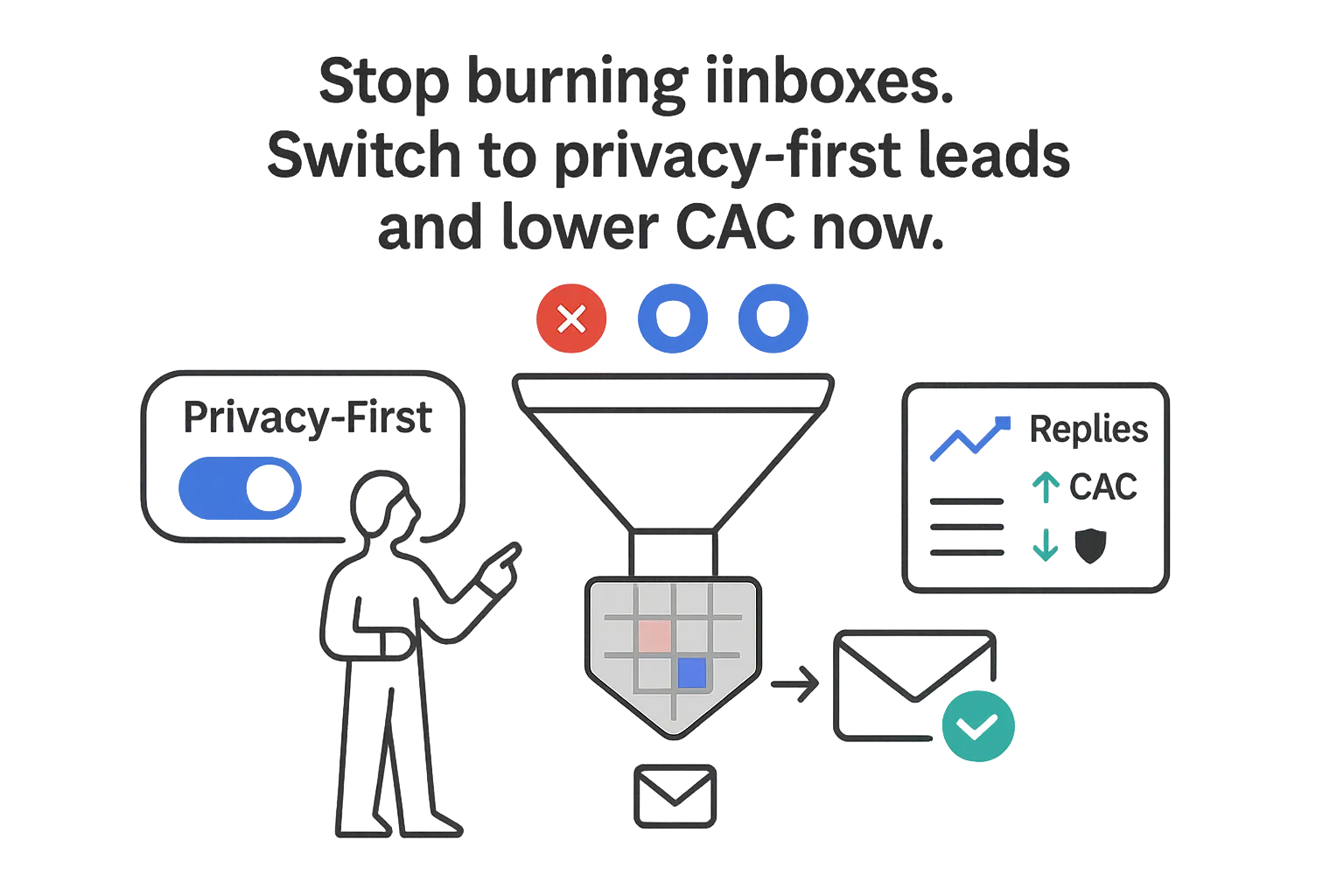

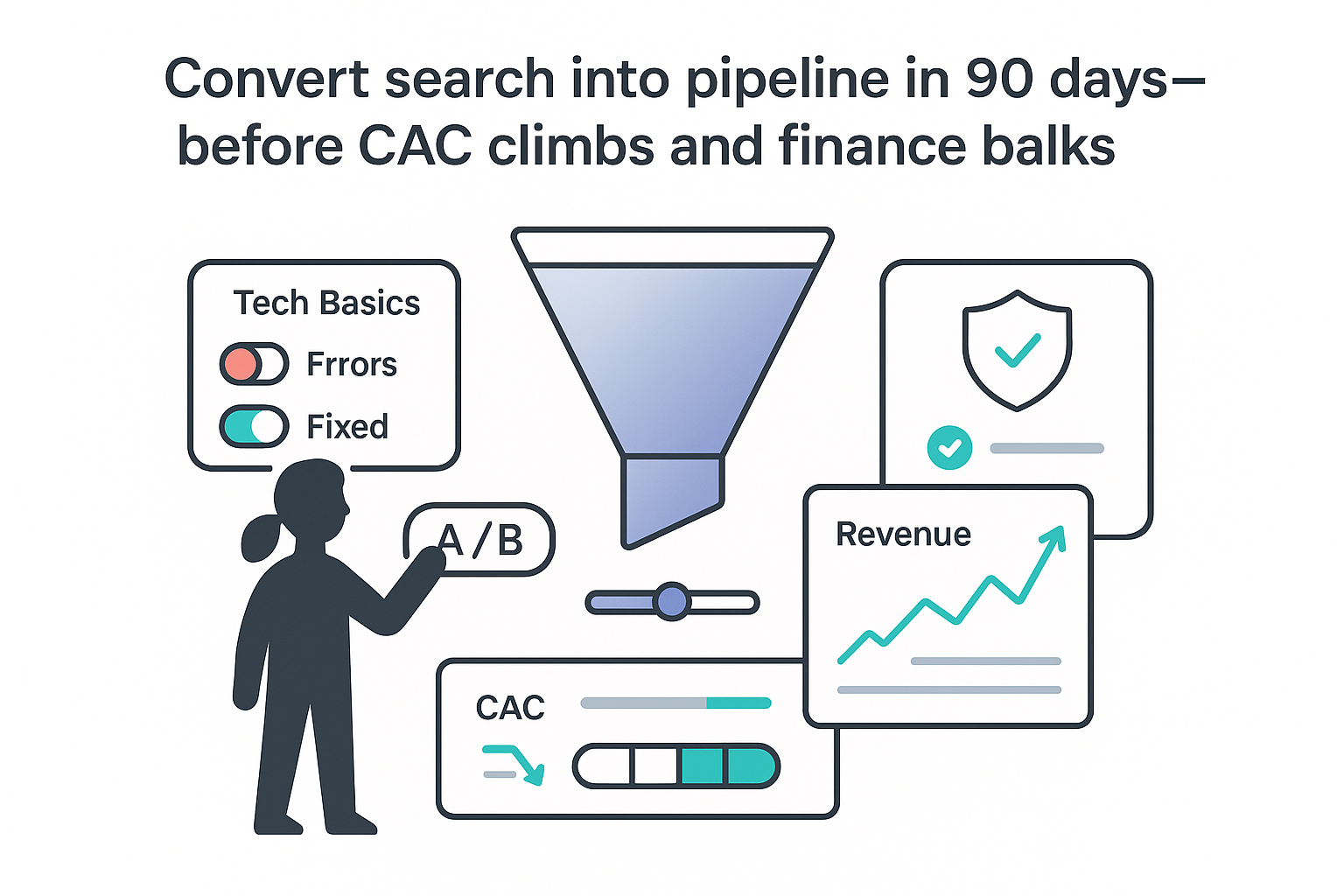
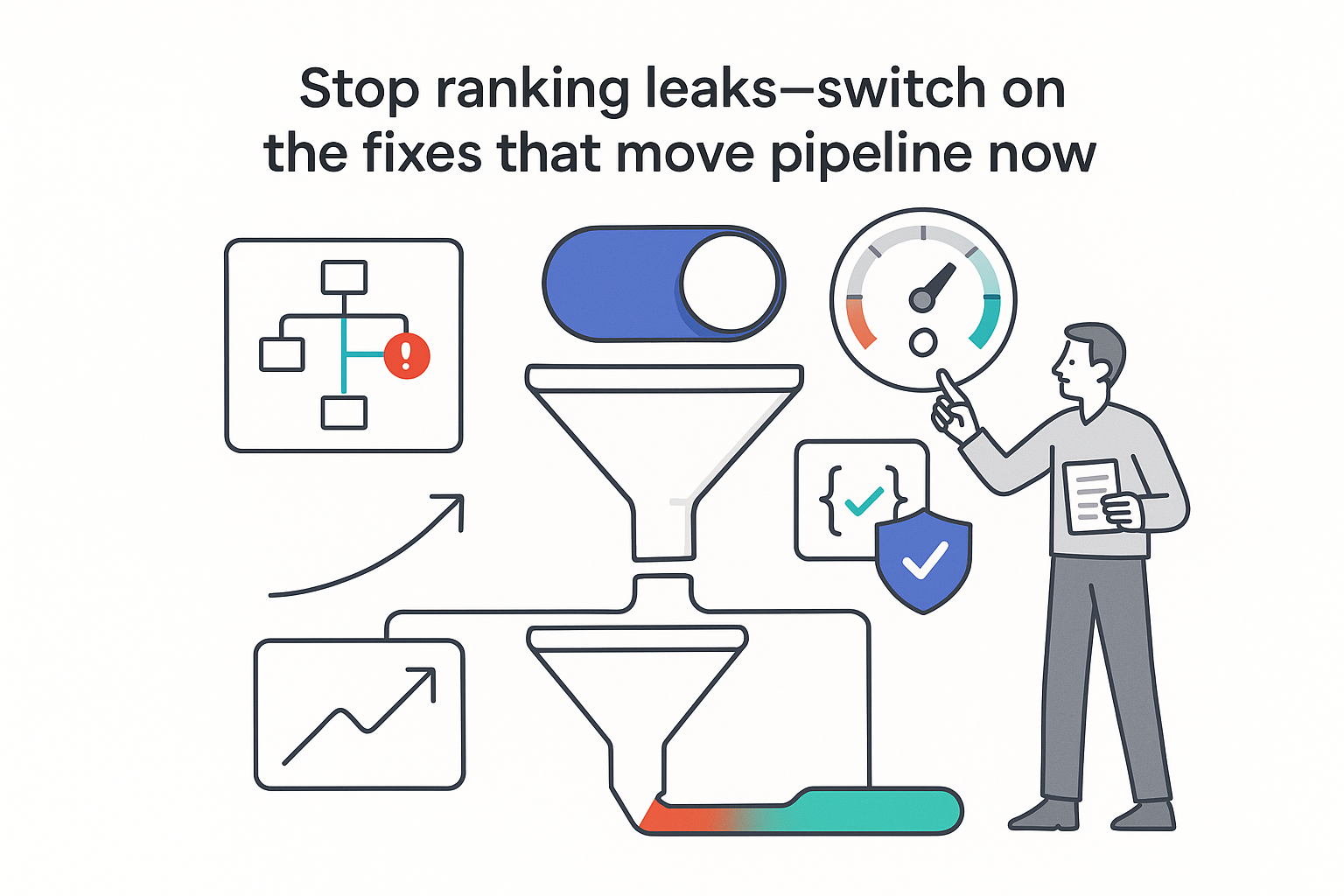
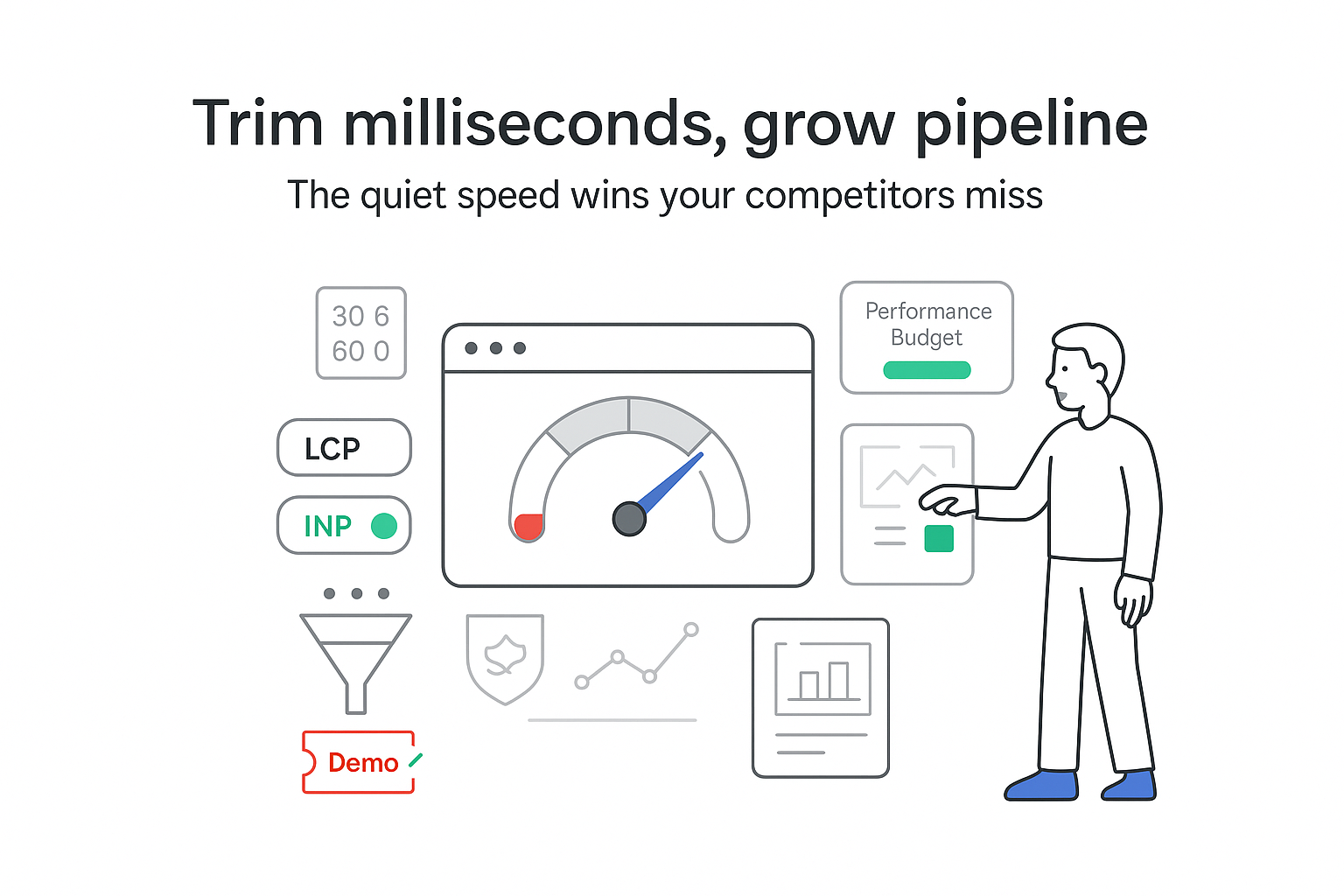
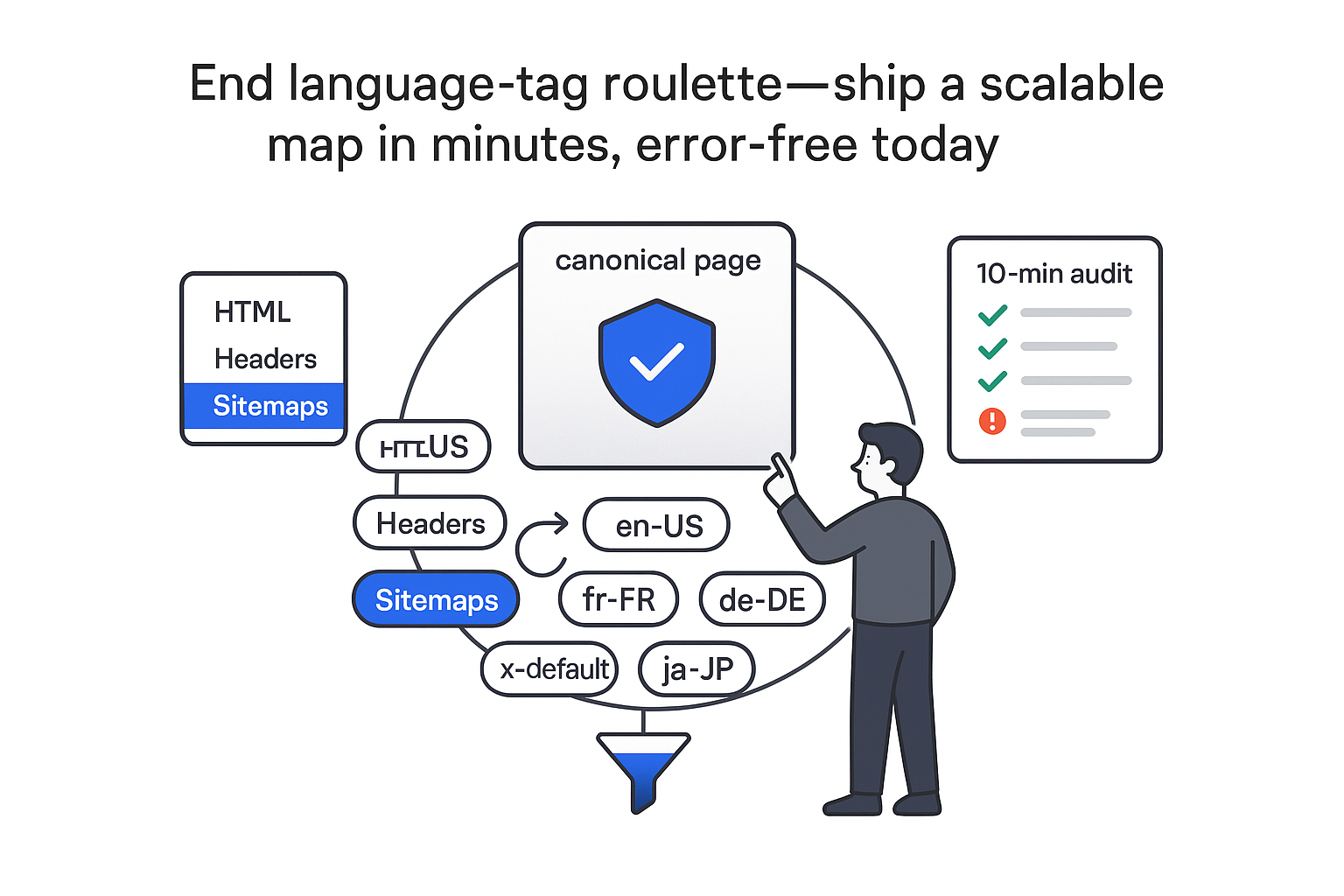
.svg)